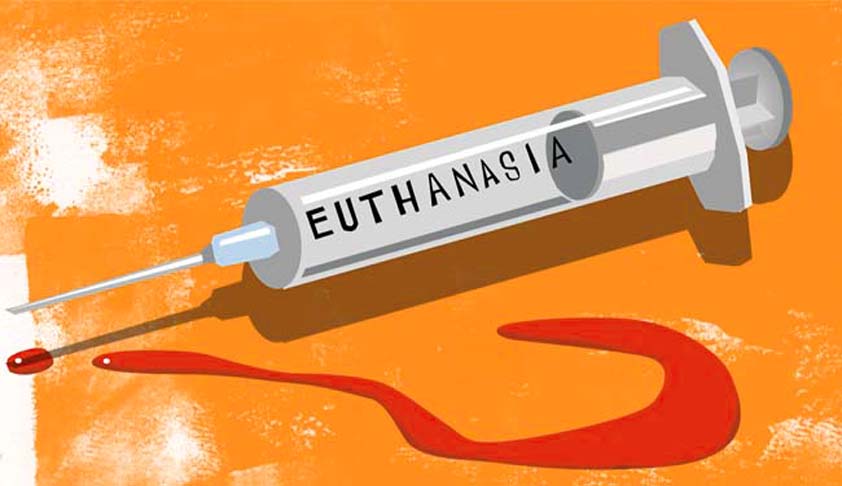The debate of euthanasia law getting legalized in Kenya continues to gain popularity. But what is the difference between this legal figure and the so-called assisted suicide?

Euthanasia refers to the voluntary and conscious procedure performed by doctors to end the life of a terminally ill patient, at their request, in order to end their suffering.
What differentiates the so-called assisted suicide is that in the first one is the doctor who materially ends the life of the patient. While in the second, the doctor is not an active agent, but it is limited to the patient and the patient, so that it is the patient themselves who takes their own life.
From a medical point of view, euthanasia can be active or passive. The first is when the doctors put an end to the life of the patient, and the second occurs when they interrupt the treatment they were giving, thus accelerating its end.
A passive euthanasia is legally called orthotanasia, although the expression dignified death is commonly used. And when euthanasia is applied without the consent of the patient, it is called cacotanasia.
Finally, the term dysthanasia is used to designate the opposite, that is to say, the so-called sanitary incarceration, when the life of the patient is artificially prolonged although there is no possibility of recovery or of their suffering.
Currently, euthanasia is legal in the Netherlands, Belgium, Colombia and Luxembourg. And assisted suicide is in Switzerland, Germany, Japan, Canada, and in seven of the US states.














